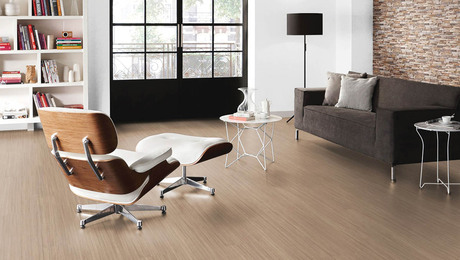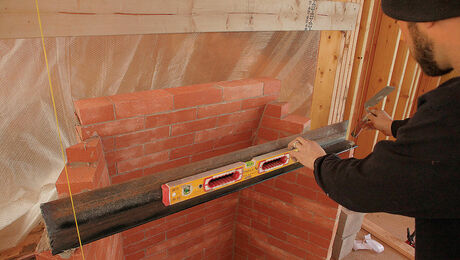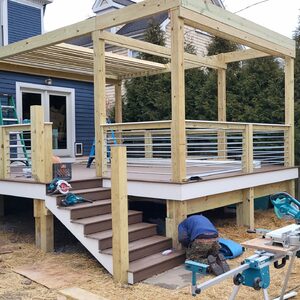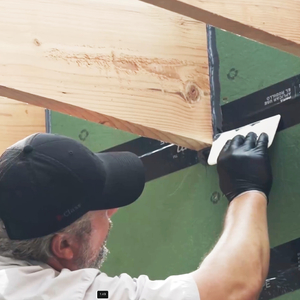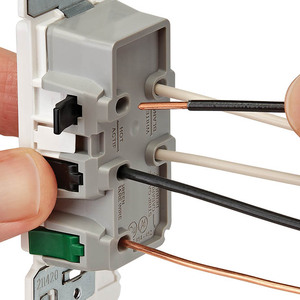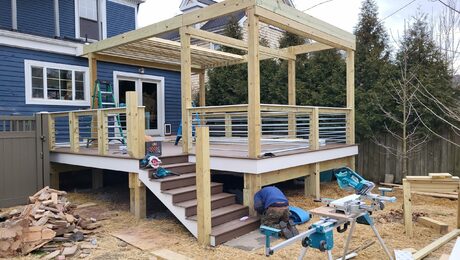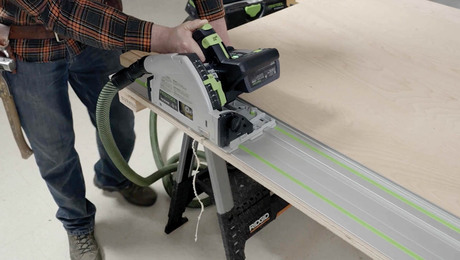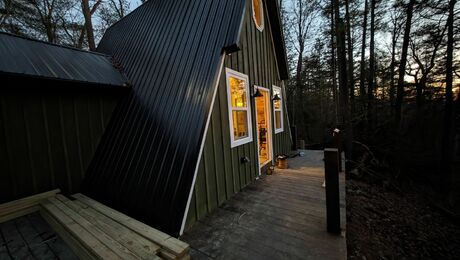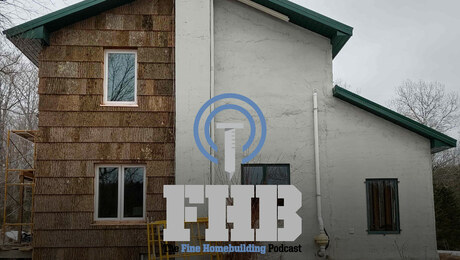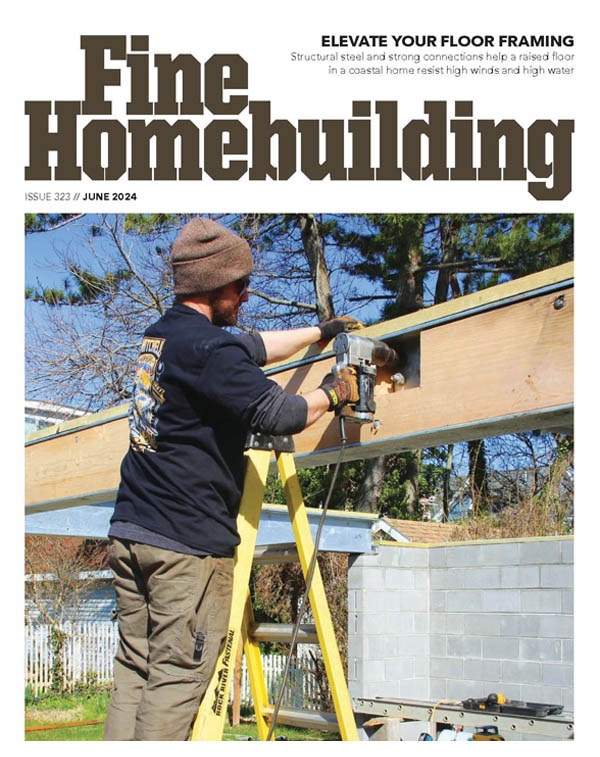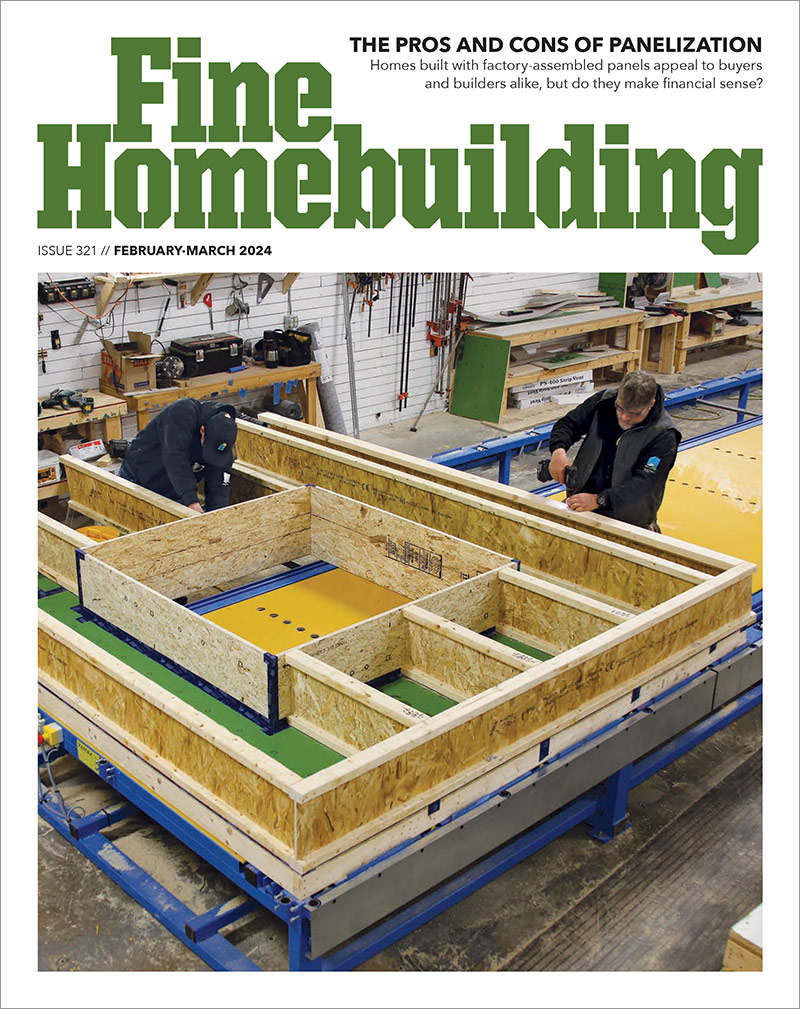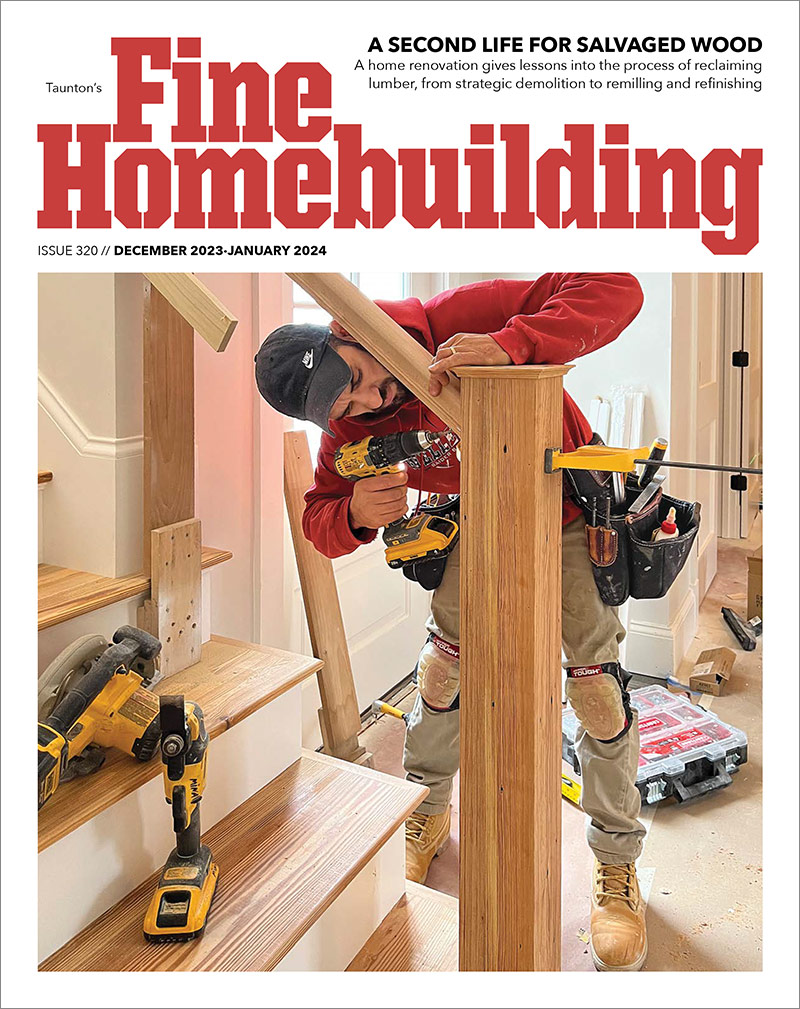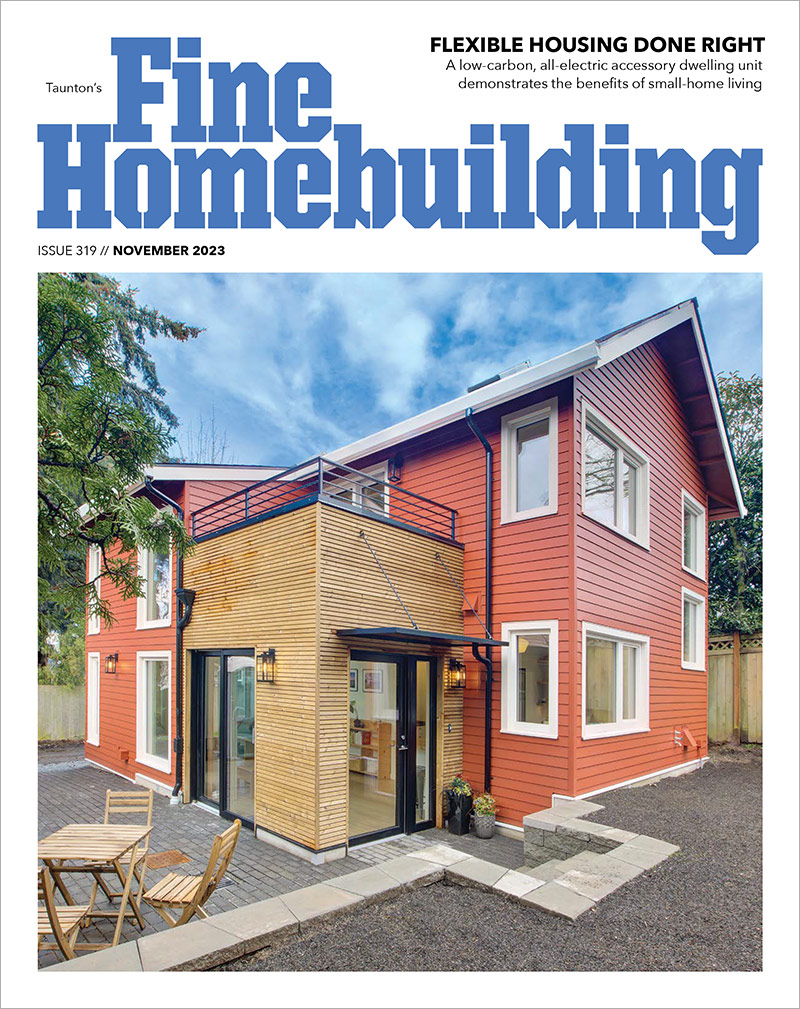Building Green Momentum in San Francisco
What we learned at West Coast Green's inaugural event
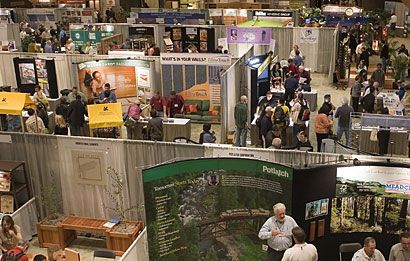
The construction and trade show industries are among the most wasteful in America. But the inaugural West Coast Green Residential Building Conference + Expo, held here September 28-30, 2006, in San Francisco, demonstrated just how green these two industries can be.
With event organizers striving for “zero waste,” lunch was served on biodegradable cornstarch plates, and show attendees were instructed to sort their own garbage at “resource recovery stations” positioned throughout the Bill Graham Civic Auditorium (organizers later reported that 96% of the garbage produced at the event was successfully composted or recycled). When it was all over, biodiesel-powered trucks hauled off the exhibits.
And with 6,698 building professionals and 2,200 homeowners attending its educational programs and visiting the 250 booths on its show floor, the event proved “powerful and effective,” in promoting green building methods and products, said West Coast Green Founder and Executive Producer Christi Graham.
Educational sessions, led by writers, builders and consultants in the forefront of green building, addressed topics that ranged from the big-picture to the technical, with plenty of information on how to incorporate green practices into your home or industry segment. Some ideas worth bringing back: Six Keys to Marketing Green from Greg Stine, president and founder of marketing firm Polaris Inc., and 10 Green Practices Your Remodeling Firm Can Use Now, outlined by Michael McCutcheon of McCutcheon Construction Inc. Audio proceedings of these and additional conference sessions are available from www.westcoastgreen.com.
Six keys to marketing green
Building a green business in a skeptical world is one of the toughest jobs out there. But there are strategies to make it work. In their session, “Marketing Green Building to the Mainstream,” Greg Stine and Judi Ettlinger of brand experts Polaris Inc. offered building professionals “Six Keys to Marketing Green.” Here they are:
1. Don’t reinvent marketing
Rely on proven marketing and branding strategies to spread your message, Stine says. These include keeping your message simple, using word of mouth to build your reputation, and clearly differentiating your product or service from others. Being first in your category helps, too, and Stine points out that it pays to be patient — great brands are not built in a day. And one more thing: Put your brand definition in writing, whether it’s a mission statement or simply a tagline, to keep your business on course. “It’s critical to say focused,” Stine says.
2. Follow the profit
Green is a good strategy when it makes business sense — that is, when it fits your business model, when it builds on what you do best and when it’s profitable, Stine says.
3. Know your market
Evaluate your customers’ needs and make sure you know what is really important to them, Stine recommends. Understanding their motivations for buying green is critical. Ettlinger adds this tip: “Look at your best customers — and try to get more of them.”
4. Be credible
It’s this simple: You can’t fool your audience into thinking you are green if you are not. “Green is more than skin deep, and you and your staff had better the able to walk the green talk,” Stine says. “Market what you do. Do what you market.”
5. Become a resource
The first step here is to assess what you can deliver in terms of products, people and information, Stine says. Education — whether through professional seminars, trade show presentations or educational events for consumers — naturally casts your company in the role of expert. “Behaving like a teacher pushes you into a leadership position,” Stine says.
6. Identify alliances
A rising tide floats all boats, and Stine suggests that you find others who will succeed with you. They might be green building organizations, manufacturers, suppliers, or design professionals who share similar goals and will grow along with you.
10 Green Practices Your Remodeling Firm Can Use Now
Just as a remodel improves a house one step at a time, a remodeling business can make itself more eco-friendly in small, manageable increments. That’s what Mike McCutcheon was thinking over a year ago when he and others at his Berkeley, California, firm, McCutcheon Construction Inc., adopted a list of 10 specific practices they could adopt to make their firm — and its projects — greener. “The idea was to simplify the green message down so that we would not get lost in a complicated and confusing set of choices,” McCutcheon said. “We wanted to commit to some basics and then add on from there.”
In addition to posting the list of green practices around the workplace, McCutcheon made sure they were noted in the beginning and the end of each project, by printing them both on plans and on final review forms. “It”s not a perfect system, but the idea is if we post them, hand them out and keep reminding people, they’ll have to think about it,” McCutcheon says. But has it worked? “I think it’s a case of ‘Slow and steady wins the race,’ ” he says. “Nothing is a revolution in this business.”
10 Green Practices To Do Now
1. Remodel whenever possible, rather than tear down.
2. Build small and smart.
3. Recycle paper, glass, plastic, and cardboard on the job site and at the office.
4. Salvage and re-use materials (doors, trim, cabinets, etc.) on the job site. If not possible, sell or give to salvage company.
5. Use hauling subs that sort and recycle.
6. Use non-toxic insulation (non-formaldehyde off-gassing — Ultratouch, cellulose, Johns-Manville, etc.).
7. Use certified wood products and engineered lumber.
8. Use high-volume fly-ash (or other Portland cement substitute) concrete.
9. Use low- or no-VOC paints and finishes.
10. Use negative air pressure machines to maintain indoor and outdoor air quality.
Outside the educational sessions, the trade show floor showcased top trends and products. Here are some observations:
- Solar power had its day in the sun. And it’s no wonder, considering Gov. Arnold Schwarzenegger’s new residential Million Solar Roofs Plan, which, if it pans out, could make the state the top solar market in the world. (Outside of California, there are state and federal incentives available for energy-conscious consumers, including a 30% federal tax credit — up to $2,000 — for residential PV and solar hot water systems). Fueling interest is the fact that many of the latest PV components on display are now plug-and-play, so they’ve become much easier to install.
- Even more traditional building materials can now legitimately be called “green.” One example: formaldehyde-free PureBond veneer-core hardwood panels from Columbia Forest Products, which use a patented soy-based adhesive in place of the usual urea-formaldehyde adhesive. The company also offers PureBond panels containing responsibly harvested FSC-certified wood. And a second: Henkel’s OSI Green Series of LEED-friendly construction adhesives and sealants that reduce or eliminate harmful VOCs (volatile organic compounds). Unveiled earlier this year, the Green Series meets both energy efficiency and environmental impact standards.
- One way to save 5,000 gallons: Next time you watch perfectly good fresh water drain from your bathroom sink, imagine routing it and accompanying greywater to the neighboring toilet tank instead of the sewer. The new Aqus system developed by WaterSavers Technologies captures this water, filters and disinfects it, and then puts it to work in the toilet, saving an estimated 5,000 gallons of water per year. If you’re handy, you can install it yourself.
West Coast Green will return to San Francisco next year, with East Coast Green expected to premier in 2008 (watch www.westcoastgreen.com for details).
Bruce Greenlaw is a former Fine Homebuilding editor. Photo: Courtesy West Coast Green
